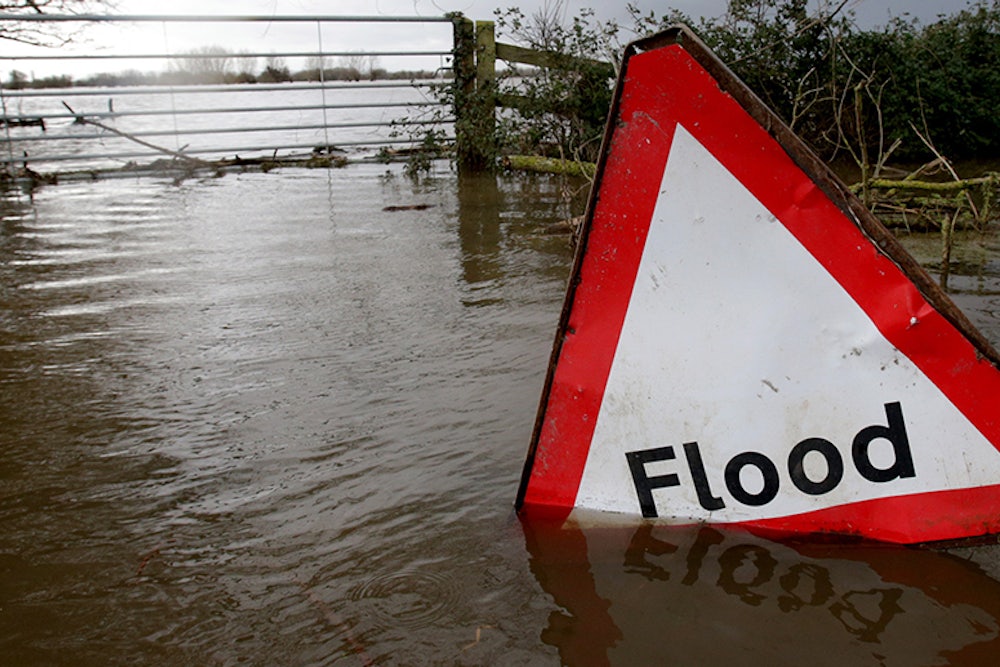The worst floods in at least a generation swept over the whole Northeastern quarter of the United States last week. They cost about 175 lives, did property damage roughly estimated at $500,000,000 and rendered temporarily homeless some 425,000 persons. Thousands of houses and industrial plants were partially or completely destroyed and farm land was damaged. Since little flood insurance is written in the United States, nearly the whole burden will fall upon the individual owners. The task of repairing roads, bridges, dams and other public property is of course divided between the federal and state governments.
The first question to be asked about the floods is whether they are a natural calamity like a volcanic eruption, for which humankind cannot be blamed, and about which nothing can be done to avoid a repetition. It is obvious that to some extent, at least, this is true: if the actions of men were mainly responsible, we should have had similar floods in the spring of 1935, 1934, and so on. Unusually heavy snowfall, rapid thaws and persistent spring rains resulted in a waterlogged countryside from which, as someone remarked, water ran off "as though from a tin roof."
As to whether human activities bear part of the responsibility, lay opinion is of little value. The experts seem to be unanimous that they do. Professor Paul B. Sears, in an article written for Science Service, declares that the floods, like the Western dust storms, are Nature's warning that we must mend our ways. He reports that "traveling through the oldest agricultural states of the Union, the writer has scarcely seen a place where the old top layer of soil is left… It is this dark, spongy top layer of soil…which is our only effective protection against flood." H. H. Bennett, director of the United States Soil Conservation Service, makes the same point, as was mentioned in an article by Harold Ward in The New Republic of March 18. Mr. Bennett believes that in the present floods, at least the last 20 or 25 percent of the excess volume of water results from bad agricultural methods— and needless to remark, it is this last fourth or fifth that does the worst damage.
Even if our farming methods were right, there would still of course be danger of spring floods in many parts of the country. These must be controlled by engineering activities—dams, diversion channels, levees and other devices. The nation has an object lesson as to the usefulness of these safeguards in the flood-control operations in Ohio, largely the work of Dr. Arthur Morgan of Antioch College and (recently) of the T.V.A. There is no doubt that nearly all the damage of the past ten days could have been prevented if we had started soon enough and spent enough money. Such expenditures would pay for themselves in two bad floods—perhaps even in one.
Advocates of decentralized government, including many local chambers of commerce and similar bodies, have fought these plans in the past on the ground that they constituted too much activity by the federal government. But it is now clear, both that floods are interstate matters, and that the states acting individually will not and probably cannot take adequate action. If President Roosevelt really wants, as he says, to make America a better land to live in, here is an immediate and urgent task, which includes making some parts of America a land in which people can live at all. It is also a "public-works project" that fits, ideally, the conditions laid down by the administration. The cost of any adequate program will probably frighten the Tories into hysterics; but nearly everything worth doing has that effect.
